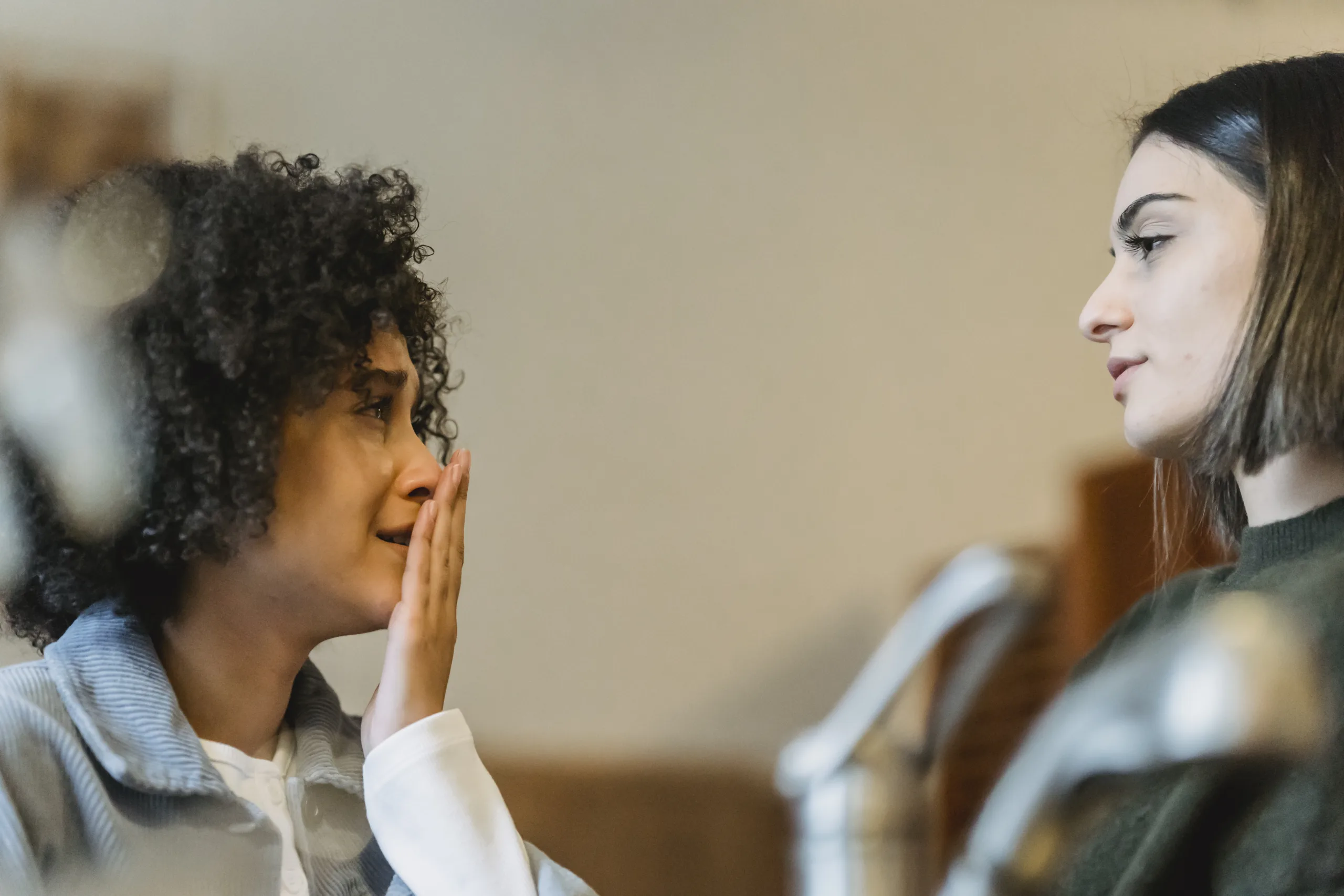Are you suffering from Diverticulitis? Have you tried a low FODMAP diet as a potential treatment? Many people with Diverticulitis are turning to a low FODMAP diet as an alternative to traditional treatments. There is evidence that this type of diet can help reduce symptoms and improve quality of life. In this article, we will explore the research around low FODMAP diets for Diverticulitis, including how the diet works and what the potential benefits are. We’ll also look at how to get started on a low FODMAP diet if you decide to give it a try.
Low FODMAP is a dietary approach that focuses on limiting certain foods that contain carbohydrates known as Fermentable Oligosaccharides, Disaccharides, Monosaccharides, and Polyols (FODMAPs). This dietary approach is often recommended to help manage symptoms of Irritable Bowel Syndrome (IBS) and other digestive disorders.
Diverticulitis
Diverticulitis is a condition in which small pouches called diverticula in the digestive system become inflamed or infected. Diverticula form when the inner layer of the intestine pushes through weak spots in the outer layer, forming tiny sacs. Diverticulitis occurs when these sacs become infected, usually due to a buildup of bacteria. Symptoms of diverticulitis may include abdominal pain and tenderness, fever, nausea, vomiting, and constipation or diarrhea. In severe cases, an individual may experience an abscess or perforation of the intestine. Treatment for diverticulitis may include antibiotics, pain medications, diet modifications, and surgery in more severe cases. It is important to seek medical attention if you are experiencing any symptoms of diverticulitis to ensure proper treatment and prevent complications.
Symptoms of Diverticulitis
Diverticulitis is a condition where pouch-like structures form in the walls of the large intestine. When these pouches become infected and inflamed, it can cause a range of symptoms. Common signs and symptoms of diverticulitis include abdominal pain, fever, nausea, vomiting, constipation or diarrhea, changes in bowel habits, and bloating. Patients may also experience severe abdominal tenderness when pressure is applied to the area. In some cases, diverticulitis can cause rectal bleeding and an increase in white blood cell count. If left untreated, diverticulitis can lead to serious complications such as abscesses or perforation of the intestinal wall.
It is important to seek medical treatment if you experience any of these symptoms. Your doctor will assess your condition and may recommend diagnostic tests such as a CT scan or colonoscopy to confirm a diagnosis of diverticulitis. Treatment usually involves antibiotics to clear up the infection and lifestyle changes to help manage symptoms. Surgery may be necessary in some cases if complications arise or if the condition does not respond to other treatments.
Causes of Diverticulitis
Diverticulitis is a condition that affects the large intestine and is caused by diverticula, which are small pouches that form in the intestinal wall. It can cause severe abdominal pain, fever, nausea, vomiting, and changes in bowel habits. The exact cause of diverticulitis is unknown, but there are several factors that may increase your risk of developing the condition. These include age, diet, lifestyle factors such as smoking and obesity, certain medications, and other underlying medical conditions.
Click here to preview your posts with PRO themes ››
Age is one of the most important risk factors for diverticulitis. People over the age of 40 are more likely to develop it than younger individuals. This may be due to a combination of age-related changes in the digestive system and weakened muscles in the walls of the intestines.
Diet is also thought to play an important role in the development of diverticulitis. People who eat a low-fiber diet are at higher risk for developing diverticulitis than those who eat a high-fiber diet. Low-fiber diets can lead to constipation and put extra strain on the digestive system, which can increase your risk for developing diverticulitis.
Smoking is also associated with an increased risk for developing diverticulitis, as well as other digestive disorders such as ulcerative colitis and Crohn’s disease. Smoking causes inflammation in the digestive tract and weakens the muscles in the intestinal walls, both of which can increase your risk for developing diverticulitis.
Obesity has also been linked to an increased risk for developing diverticulitis. Being overweight or obese increases your chances of having high blood pressure and diabetes, both of which can increase your risk for developing this condition.
Certain medications have also been linked to an increased risk for developing diverticulitis. Nonsteroidal anti-inflammatory drugs (NSAIDs) such as ibuprofen and naproxen have been linked to an increased risk for this condition because they can irritate or damage the lining of your intestines. People who take corticosteroids or chemotherapy drugs may also be at higher risk due to their potential effects on immunity and inflammation levels in the body.
Finally, certain underlying medical conditions may also increase your risk for developing diverticulitis. People with inflammatory bowel disease (IBD), irritable bowel syndrome (IBS), diabetes, or kidney disease have a higher chance of being affected by this condition than those without these conditions.
How to Diagnose Diverticulitis
Diagnosing diverticulitis can be tricky and requires a combination of medical history, physical examination, imaging tests and laboratory tests. To make an accurate diagnosis, your doctor will need to rule out other possible causes of your symptoms. The main diagnostic tool for diverticulitis is computed tomography (CT) scanning. CT scans provide detailed images of the intestine and help identify areas of inflammation or infection. Your doctor may also order laboratory tests such as a complete blood count (CBC) or C-reactive protein (CRP) test to check for signs of infection. Additionally, a stool sample may be taken to look for the presence of bacteria that can cause diverticulitis. If your doctor suspects a complication from diverticulitis, such as an abscess or fistula, they may order additional imaging tests such as an ultrasound or MRI scan.
Once the diagnosis of diverticulitis is confirmed, your doctor will determine the best course of treatment based on the severity of your symptoms and other factors such as age and overall health. Treatment options range from antibiotics to surgery depending on the severity and complications.
Click here to preview your posts with PRO themes ››

Complications Associated With Diverticulitis
Diverticulitis is a condition that occurs when small pouches, called diverticula, form in the lining of the large intestine. These pouches can become inflamed or infected, resulting in abdominal pain and other symptoms. Complications associated with diverticulitis can range from mild to severe and include abscesses, fistulas, perforations, and obstruction of the bowel.
An abscess is a collection of pus that can develop around the affected area of the intestine. It is usually treated with antibiotics but may require surgical drainage if it does not respond to antibiotics. Fistulas are abnormal connections between two organs or between an organ and the skin. They can form between two parts of the intestine or between the intestine and other organs such as the bladder or vagina. Perforations are holes in the wall of the intestine that can result in leakage of intestinal contents into nearby tissues and cause infection. Obstruction of the bowel can occur when inflammation causes scarring that narrows or closes off part of the intestine, leading to partial or complete blockage.
In addition to these complications, people with diverticulitis may be at an increased risk for developing certain conditions such as colorectal cancer or inflammatory bowel disease (IBD). While these conditions are much less common than other complications associated with diverticulitis, it is important for people with this condition to be aware of their risk factors for developing them so they can seek medical treatment if necessary.
Low FODMAP Diet for Diverticulitis
Diverticulitis is a digestive condition in which small pouches form in the lining of the intestines. These pouches can become infected and inflamed, leading to uncomfortable symptoms such as abdominal pain, bloating, gas, and constipation. A low FODMAP diet can help reduce the symptoms of diverticulitis and improve digestive health.
FODMAP stands for Fermentable Oligosaccharides, Disaccharides, Monosaccharides and Polyols. These are short chain carbohydrates that are poorly absorbed in the small intestine and can cause bloating, gas and other digestive problems. A low FODMAP diet involves avoiding foods high in these carbohydrates that can irritate the digestive system.
Common foods to avoid on a low FODMAP diet include dairy products such as milk, cheese and yogurt; wheat-based products such as breads and pastas; legumes such as beans and lentils; certain fruits like apples, cherries and peaches; vegetables like onions and garlic; sugar-sweetened beverages such as soda; sugar alcohols like sorbitol; high-fructose corn syrup; honey; artificial sweeteners such as xylitol or mannitol; and processed foods containing hydrogenated oils or trans fats.
In addition to avoiding certain foods, it is important to focus on eating foods that are easy to digest. Good sources of proteins include lean meats like chicken or turkey, fish, eggs, tofu, tempeh and nuts. Healthy sources of carbohydrates include brown rice, quinoa or oats as well as fresh fruits and vegetables that are low in FODMAPs. For fats, opt for extra-virgin olive oil or avocado oil instead of butter or margarine.
Click here to preview your posts with PRO themes ››
Following a low FODMAP diet can be difficult at first but with commitment it can help reduce symptoms associated with diverticulitis. The best way to get started is to speak with a registered dietitian who is knowledgeable about this type of diet so they can provide personalized guidance on which foods to avoid and which ones will work best for your needs.
Foods to Avoid on a Low FODMAP Diet for Diverticulitis
When it comes to managing diverticulitis, diet plays an important role. A low FODMAP diet is recommended as it has been found to be beneficial in relieving symptoms of irritable bowel syndrome (IBS) and reducing inflammation related to diverticulitis. FODMAP stands for fermentable oligosaccharides, disaccharides, monosaccharides, and polyols which are certain types of carbohydrates found in certain foods. By avoiding these foods, the goal is to reduce stress on the digestive system and reduce inflammation.
The following are some common foods that should be avoided when following a low FODMAP diet for diverticulitis:
Grains: Wheat-based products such as breads, pasta, crackers and cereals. Also avoid rye and barley products.
Fruits: Apples, pears, cherries, mangos, watermelon and canned fruits with added sweeteners such as syrup or honey.
Vegetables: Garlic, onions, leeks and shallots. Asparagus and artichokes should also be avoided.
Dairy Products: Milk, yogurt and cheese should all be avoided when following a low FODMAP diet for diverticulitis.
Legumes: Beans such as chickpeas and lentils should be avoided along with soy products such as tofu or tempeh.
Sweeteners: Artificial sweeteners such as sorbitol or mannitol are not allowed on a low FODMAP diet for diverticulitis.
It is important to note that some of these foods may be tolerated in moderation by some individuals with diverticulitis and it is best to talk to your healthcare provider about what is best for your individual needs before making any changes to your diet plan. Additionally, it is always best to consult with a registered dietitian who specializes in the low FODMAP diet before starting any new eating plan so that you can get personalized advice on how to manage your condition in the most effective way possible.

Conclusion
Low FODMAP can be a very helpful dietary approach for those suffering from diverticulitis. It can help reduce the symptoms of the condition, including bloating, gas, and abdominal pain. Low FODMAP diets also help to reduce inflammation in the gut and can improve digestive health overall. However, it is important to note that low FODMAP should not be used as a replacement for medical treatment, as it is not a cure for diverticulitis.
In conclusion, Low FODMAP may be beneficial for those with diverticulitis, but it should not be used as a substitute for medical treatment. It is important to consult with your doctor before trying any dietary changes and to follow their instructions for treatment. Additionally, it is best to consult with a registered dietitian or nutritionist who specializes in low FODMAP diets before beginning this type of diet.

